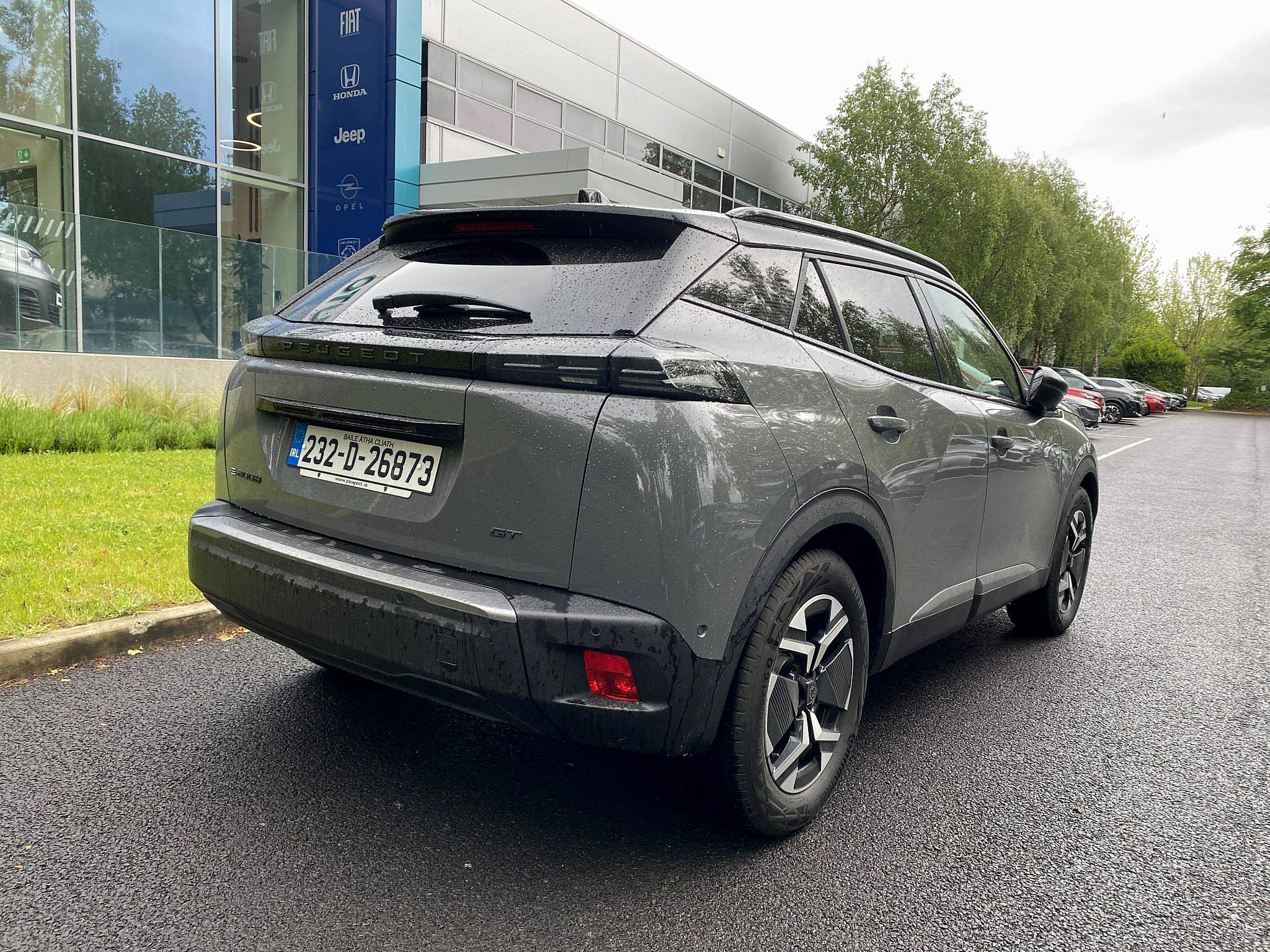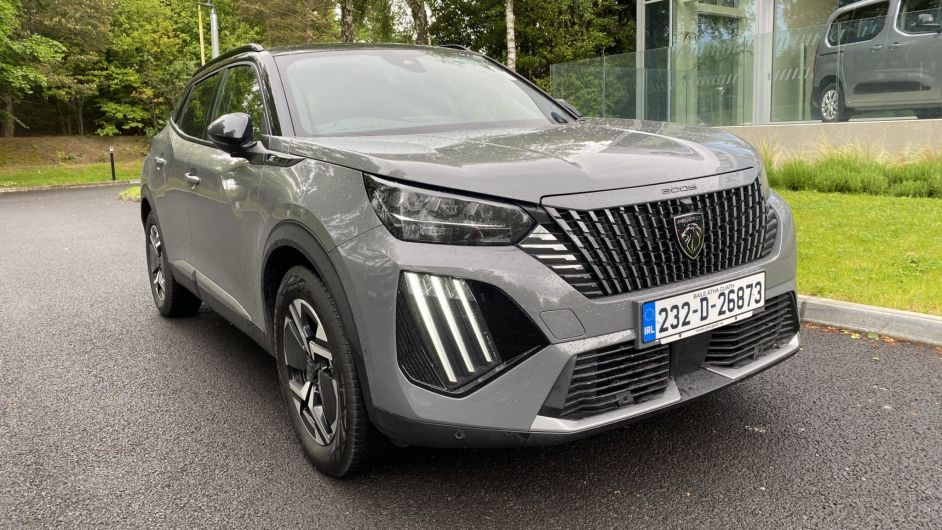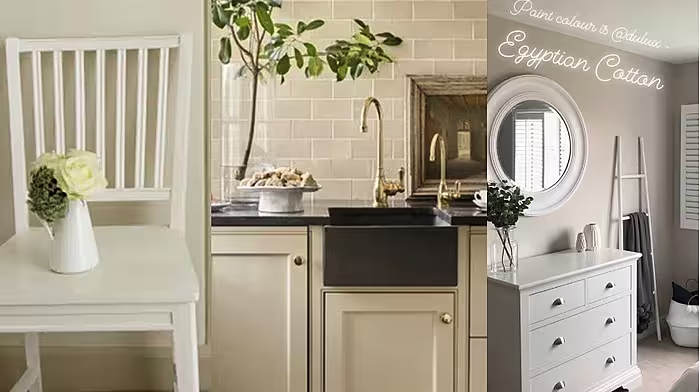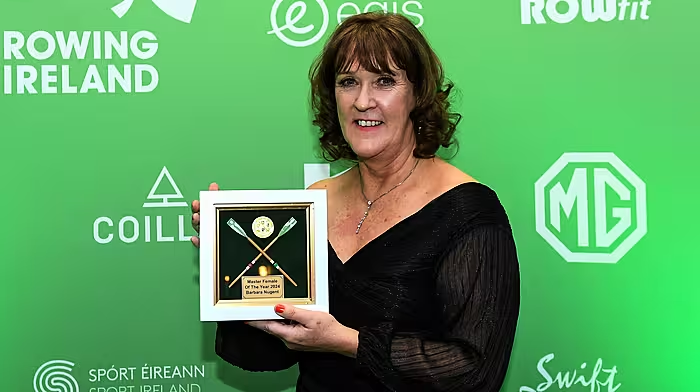PEUGEOT is renowned for the style it brings to its passenger cars and the French carmaker’s updated crossover 2008 certainly is a real head turner.
Peugeot is part of the Stellantis group and the E-2008 received a significant update to its design and a larger battery for improved range when it went on sale last year. It competes in the B-segment.
Positioned below its 3008 sibling, the car’s height makes it easy to get in and out, which is important for many owners. The facelift gave the model a more assertive design with a new front end with the new Peugeot shield logo, new vertical claw-like daytime running lights in the lower bumper instead of the previous ‘fangs’, and new E-badging around the exterior.

My test car in selenium grey got admiring looks. I particularly liked the upward sweep to the C-pillars. The 17-inch alloy wheels are standard on Allure and top GT models.
The interior is well laid out and user-friendly. You’re cocooned with the sweep of the dash around to the sides emphasised by very nice carbon effect trims.
Peugeot’s i-Cockpit setup includes two dials on the dash, a small compact steering wheel over which you can see your current speed in the driver’s screen above. In my top GT spec, the 3D instrument panel looked great and you can switch between the displays.
The 10-inch central touchscreen, angled towards the driver, is a big improvement on the previous model’s but isn’t always intuitive. You can stay connected with the I-Connect system which allows easy access to infotainment functions via the OK Peugeot voice command. A row of piano-type keys below the screen allows you access some shortcuts and there’s a proper knob for the volume.
Seats are comfy and supportive, with manual adjustments. They also look great with a mix of leather effect and patterned cloth. Rear ones split 60/40 and headroom for tall people is just about adequate as there’s a transmission tunnel to contend with.

Cubbies include a smallish glovebox area, an area below the narrow armrest, big cupholders and good sized door bins. There’s a wireless charger on the dash, two USB C and a 12V socket up front, and two USBs more in the back.
The boot size remains unchanged at 434 litres; there’s a split level floor so you can store the charging cables below. There’s no lip which makes it easy to lift items in and out.
The toggle gear selector is on the flat of the central console. Driving modes are Normal/Eco/Sport.
Features included a good reversing camera and a HD parking aid camera that can be changed to show wide areas around the car including at the rear.
I was able to get a good driving position and felt very comfy behind the wheel but the thick bases of the A-Pillars hindered my vision. Side mirrors come with small blind spot monitors but work fine.
On the road, the car seemed very agile and nimble with a small turning circle, and decent acceleration. It’s such an easy car to drive on all types of roads but really comes into its own in urban conditions. Press the ‘B’ button to activate the regenerative braking mode to help energy consumption. Battery usage is around 14.5kWh/100km which is impressive for this segment.
The electric motor produces 156bhp and offers a claimed range of up to 406km (WLTP combined), up from 345km in the pre-face lifted model.
The battery has a capacity of 52.5kWh and can be charged to 80% in 30 minutes using a fast DC charger. A full charge takes 7.5 hours using a 7kW wallbox charger.
There are also 1.2 petrol 100bhp/130bhp options from €31,040-€34,595 as well as a hybrid petrol with automatic transmission from €35,450.










